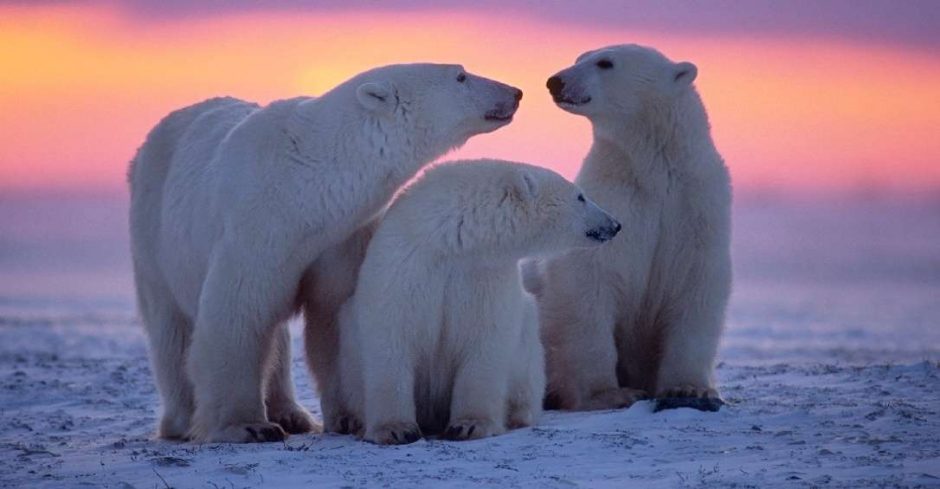
Playing with Light while Photographing Polar Bears
Let’s face it, the tundra can look like a bleak place. It’s somewhat of an arctic desert, in fact.
However, these types of landscapes lend themselves very well for the dramatic—dramatic lighting and dramatic coloration. Mix that with the fact that in Churchill’s tundra in Canada is home to an extraordinary number of Polar Bears each fall, and you’ve got the ingredients for astounding photography.

Your Toolkit for Playing with Light
Your main toolkit items for this are a) exposure and b) white balance.
It’s tricky to do this in-camera, as the way to review your results is on a rather small screen. However, deliberately experimenting with exposure in the field, and in-camera, gives you the highest quality of photo instead of relying on photoshop editing solely.
As an example, say you’re in Churchill and have a gloriously dramatic scene in front of you…a stretching, barren, arctic desert.
Try two shots you may not normally take—one photo underexposed by two full stops and one photo overexposed by 2 full stops.
Increasing or decreasing by two full stops is a dramatic change in lighting, and no doubt you’ll see the effects in your screen.
Review your photos and chances are if a dramatic change in lighting has neat results, it’ll be one or the other…over or under exposing. Usually not both.
Next, as you narrow this down, try another photo…this time further exaggerating the effects of the photo you liked (either the under or over-exposed shot). This time, go three or four stops in the direction of your choice…over or underexposing.
Although this might result in “wasted time” 2 out of 3 attempts, you’ll find a surprising number of times this actually creates a wild effect that is just gorgeous. What the camera perceives as “too dark” might be just right, as you can tell from this colorful sunset scene below.
Sure, the polar bears are underexposed, but those colors!! It’s the extreme underexposure that brings this out.
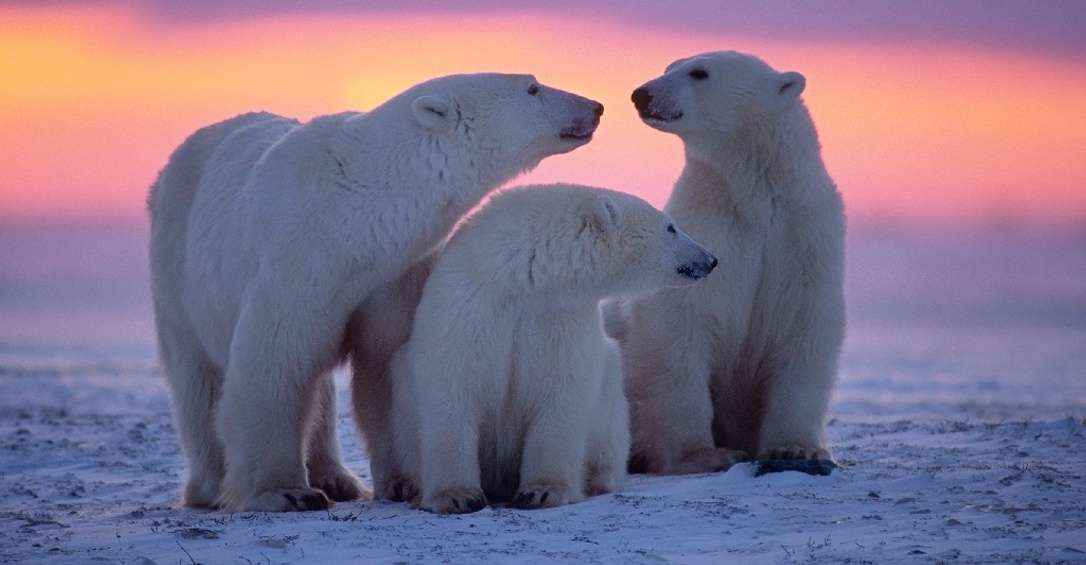
The other toolkit item is your white balance. Notice how in the above photos there are drastic warm and cool colors to each of them? The first shot being very warm (yellow) and the above shot being very cool (blue).
This all had to do with the white balance spectrum, and you can control this in your camera by dialing in a cool white balance (daylight white balance) or a warm white balance (cloudy white balance).
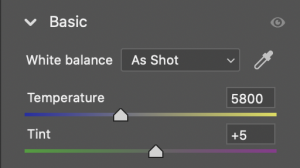
You can also change this after the fact via lightroom in the white balance slider like the above screen shot.
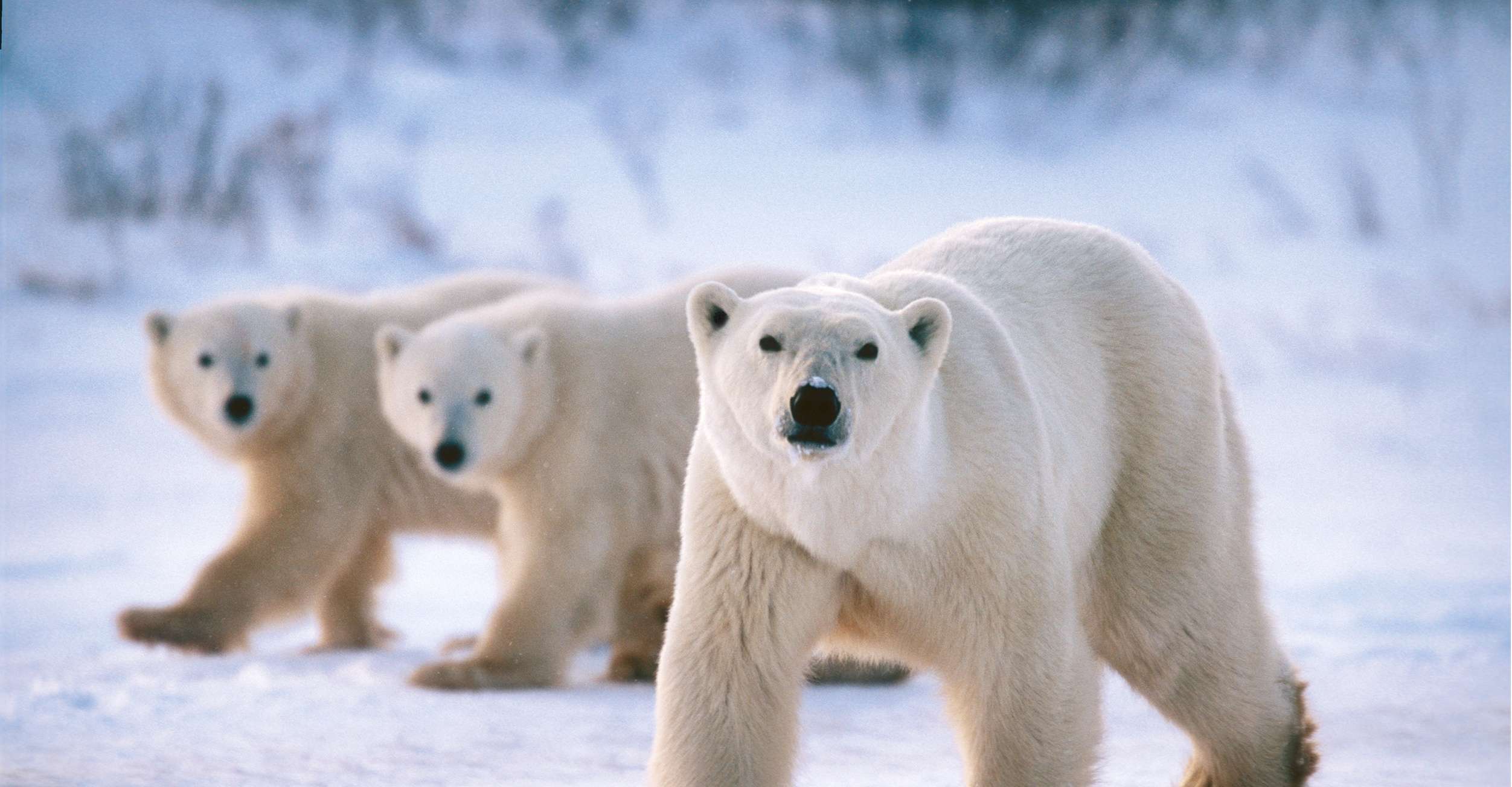
As another example, see how this photo has a soft blue hue to it? I love emphasizing the blues with polar bears, as it makes them and their environment seem a bit “icy” which seems appropriate.
However, you can be equally rewarded in many of Churchill’s arctic landscapes with the warm tone of a cloudy white balance, as you can see from this stand of spruce trees.
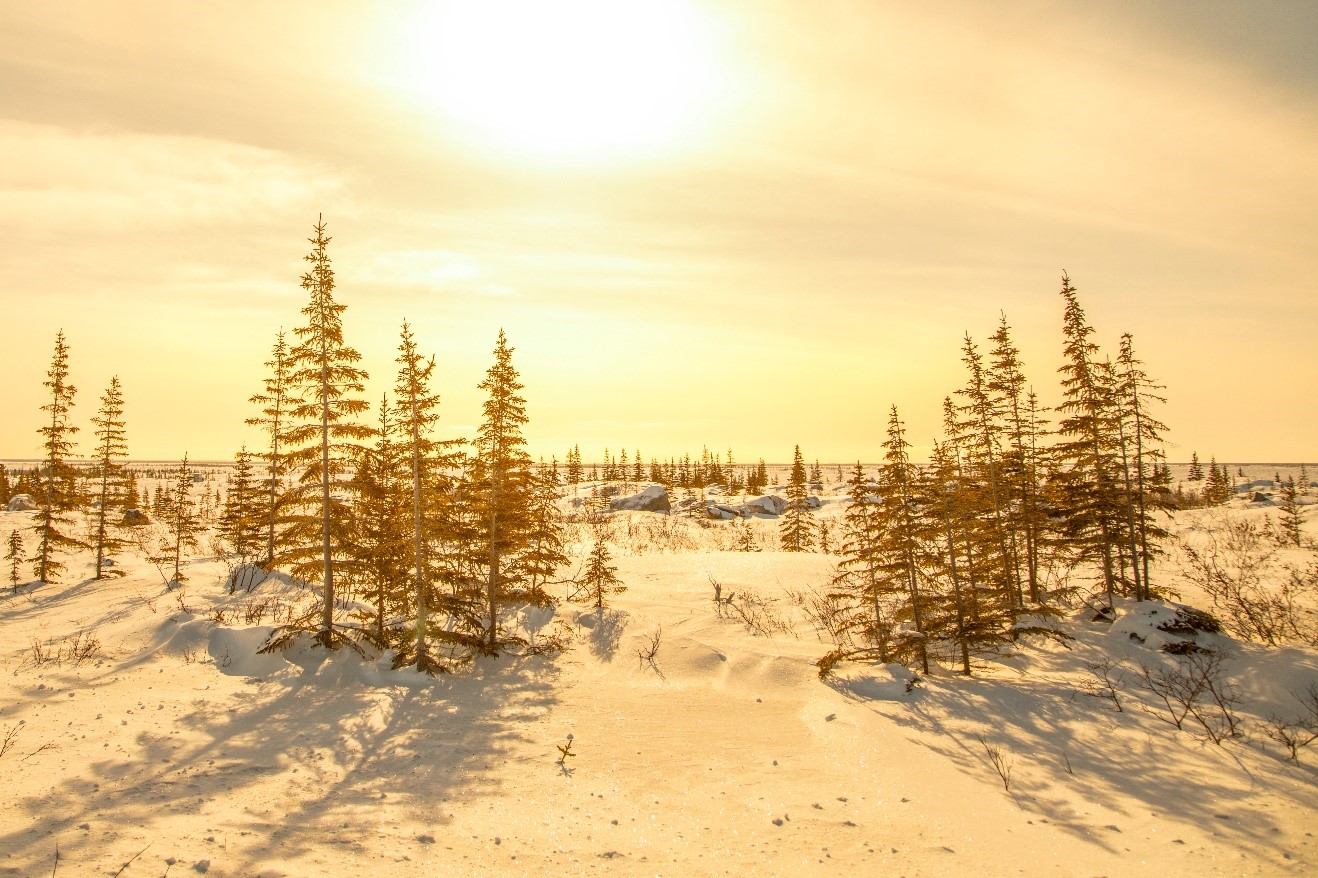
Above, with the proper white balance, the camera helps capture and emphasize the golden light as the sun lingers in the clouds before nightfall.
In Conclusion…
Sometimes playing with light may be a very accurate representation of the light you’re seeing, and other times it will be deliberately dramatic and turns your photo into extraordinary art.
Either way, it’s great fun to play around with your exposure and white balance in order to expand your horizons. At very least you will add new and exciting photos to your polar bear photography trip portfolio that you’d otherwise had never known about.
Go forward and give it a shot!

Court
Leave a reply